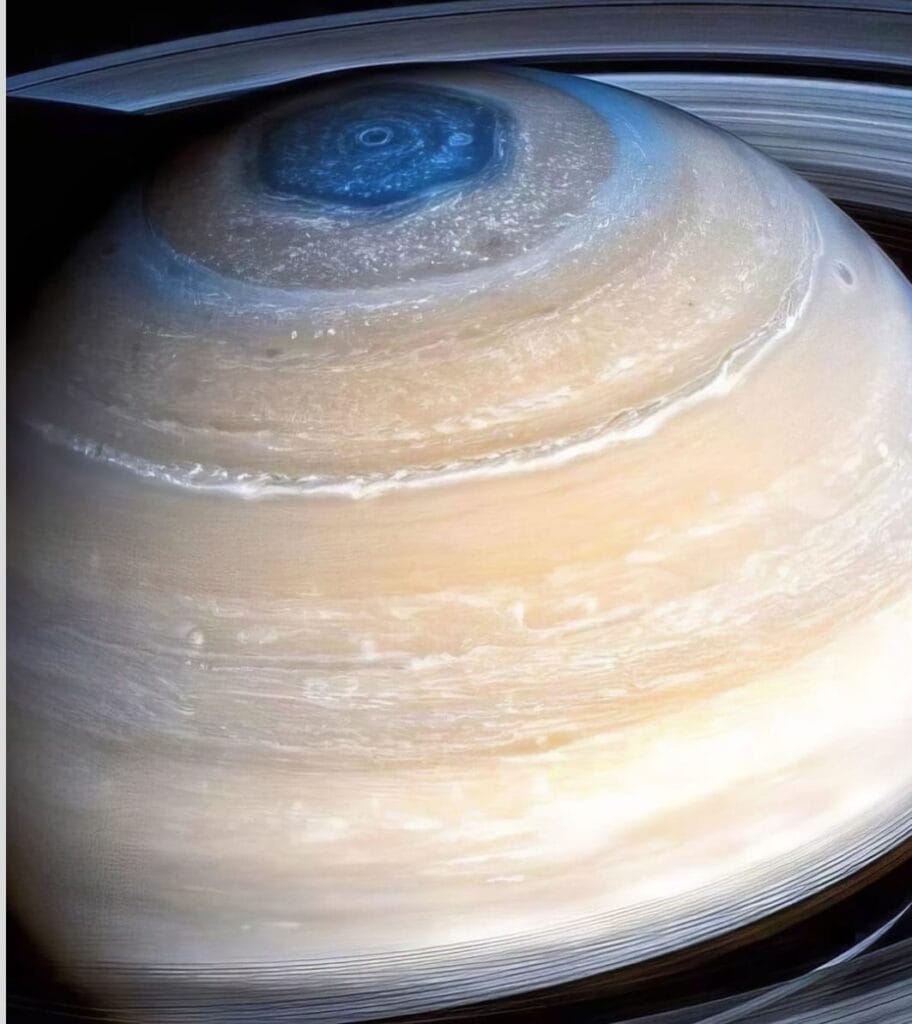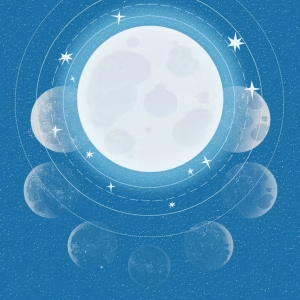Saturn, the sun's sixth planet, continues to fascinate astronomers and space enthusiasts with its majestic presence and iconic ring system. Recently, NASA released a series of incredible images of Saturn that show the gas giant in unprecedented detail. These new images offer breathtaking views of Saturn's rings, atmosphere and overall structure, revealing the planet's beauty and complexity like never before.



As the second largest planet in our solar system, Saturn has a diameter nearly nine times that of Earth. Its most recognizable feature is its intricate ring system, a colossal structure composed of countless icy and rocky particles. These particles, ranging in size from small grains to large boulders, are organized into several rings, primarily designated A, B and C. These rings extend for hundreds of thousands of kilometers and are formed by the gravitational pull of Saturn and its numerous moons. NASA's new images offer a clearer understanding of the composition and behavior of these rings, highlighting the delicate balance of forces that holds them together.
Saturn's atmosphere is another wonder captured in recent images. Dominated by hydrogen and helium, with traces of methane, ammonia and other gases, Saturn's atmosphere is both dynamic and turbulent. The planet's rapid rotation-which completes a full rotation in just over 10 hours-drives powerful winds that can reach speeds as high as 1,800 kilometers per hour. These winds create banded patterns across the planet's surface, similar to jets on Earth, but much more intense. Saturn's atmosphere also undergoes seasonal changes due to its axial tilt of 27 degrees, which is similar to that of Earth. However, with an orbital period of 29.5 years, the seasons on Saturn last much longer, more than seven Earth years each.
The photos also offer a glimpse into the ongoing mysteries of Saturn's weather systems. Storms larger than Earth itself have been observed, with lightning and auroras dancing across the planet's poles. These phenomena offer crucial clues about the atmospheric processes that drive such extreme weather, not only on Saturn, but also on other gas giants.
NASA's recent photos are not just a visual spectacle; they are a testament to the ongoing exploration of our solar system. The images enrich our understanding of Saturn and inspire a new generation of scientists and space explorers to further unravel the secrets of this fascinating planet.







